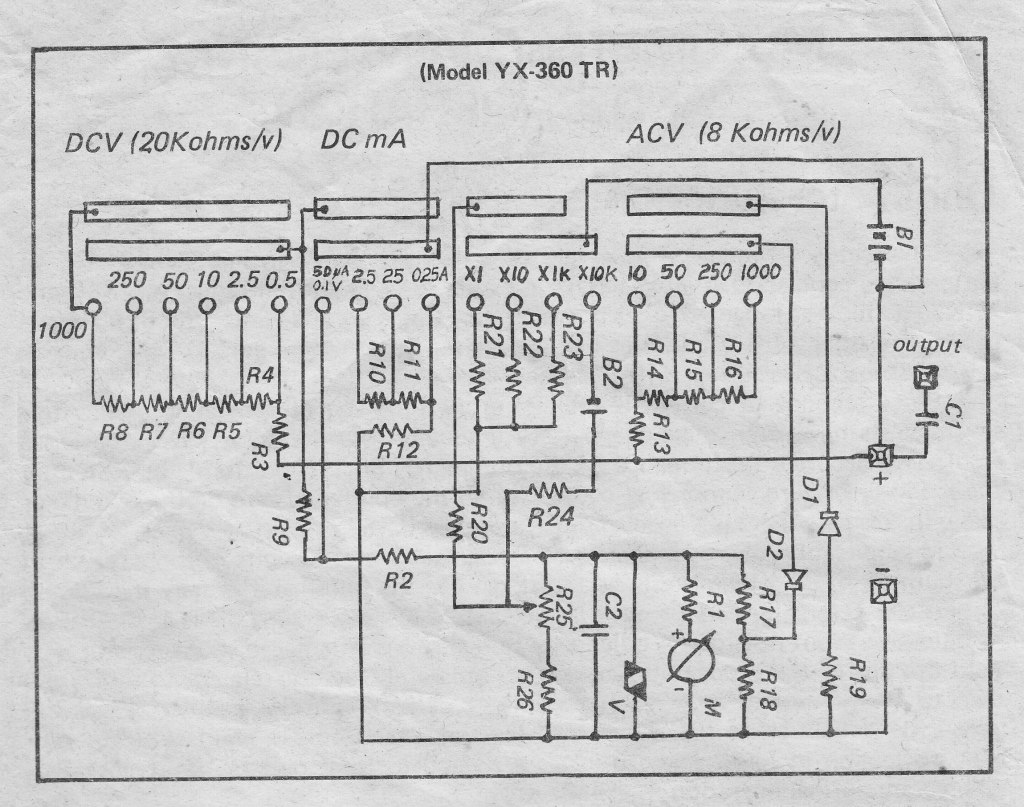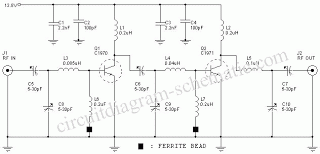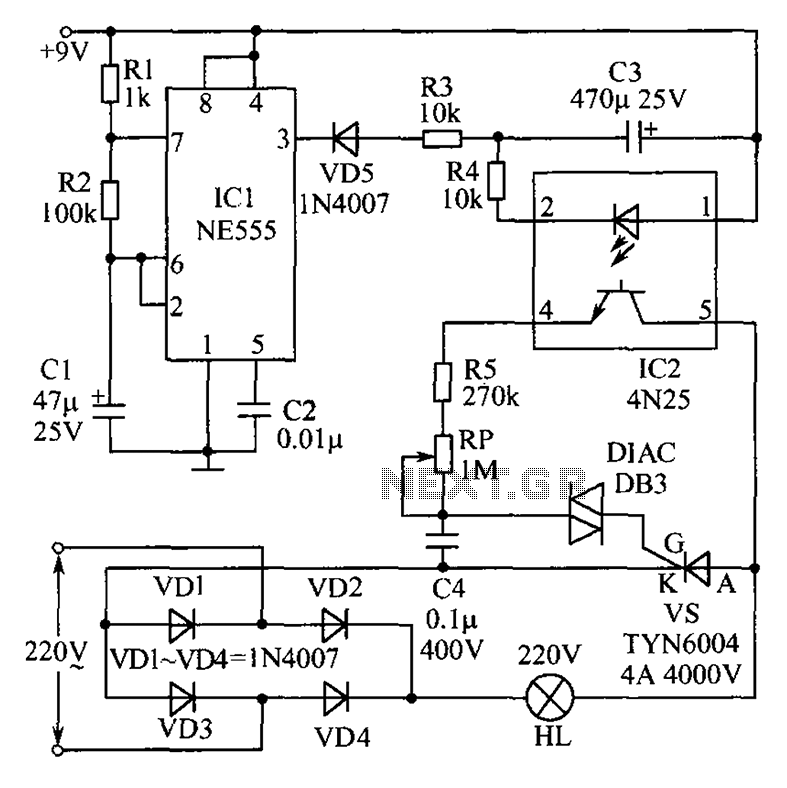
maintenance sanwa yx 360tr schematic diagram

For individuals seeking a copy of the schematic diagram for this type of Analog Multitester, as well as other brands utilizing the same circuit diagram.
The schematic diagram of an Analog Multitester typically features a variety of components arranged to perform measurements of voltage, current, and resistance. The core of the circuit often includes a galvanometer, which is a sensitive ammeter that indicates the flow of current. This component is usually accompanied by a series of resistors that help to scale the measurements appropriately for different ranges.
In addition to the galvanometer, the circuit may include a switch for selecting between different measurement modes, such as DC voltage, AC voltage, and resistance. This switch is essential for directing the input signal to the correct part of the circuit. Resistors and capacitors are also employed to filter and stabilize the readings, ensuring accuracy in the measurements.
The design may incorporate a battery or power supply circuit, which provides the necessary voltage for operation. A protective fuse is often included to prevent damage to the multimeter in the event of an overload condition.
Furthermore, the output of the circuit is typically displayed on an analog scale, which allows users to read the measurements visually. The layout of the components in the schematic is crucial for ensuring that the multimeter operates effectively and safely, allowing for reliable testing and diagnostics in various electronic applications.
This schematic diagram is valuable for both hobbyists and professionals in the field of electronics, providing insight into the operation and construction of Analog Multitesters across different brands.For those who are looking for a copy of the schematic diagram on this type of Analog Multitester and other brand using the same circuit diagram.. 🔗 External reference
The schematic diagram of an Analog Multitester typically features a variety of components arranged to perform measurements of voltage, current, and resistance. The core of the circuit often includes a galvanometer, which is a sensitive ammeter that indicates the flow of current. This component is usually accompanied by a series of resistors that help to scale the measurements appropriately for different ranges.
In addition to the galvanometer, the circuit may include a switch for selecting between different measurement modes, such as DC voltage, AC voltage, and resistance. This switch is essential for directing the input signal to the correct part of the circuit. Resistors and capacitors are also employed to filter and stabilize the readings, ensuring accuracy in the measurements.
The design may incorporate a battery or power supply circuit, which provides the necessary voltage for operation. A protective fuse is often included to prevent damage to the multimeter in the event of an overload condition.
Furthermore, the output of the circuit is typically displayed on an analog scale, which allows users to read the measurements visually. The layout of the components in the schematic is crucial for ensuring that the multimeter operates effectively and safely, allowing for reliable testing and diagnostics in various electronic applications.
This schematic diagram is valuable for both hobbyists and professionals in the field of electronics, providing insight into the operation and construction of Analog Multitesters across different brands.For those who are looking for a copy of the schematic diagram on this type of Analog Multitester and other brand using the same circuit diagram.. 🔗 External reference





